Home>Garden Essentials>How Much Is Lawn Care For 1 Acre
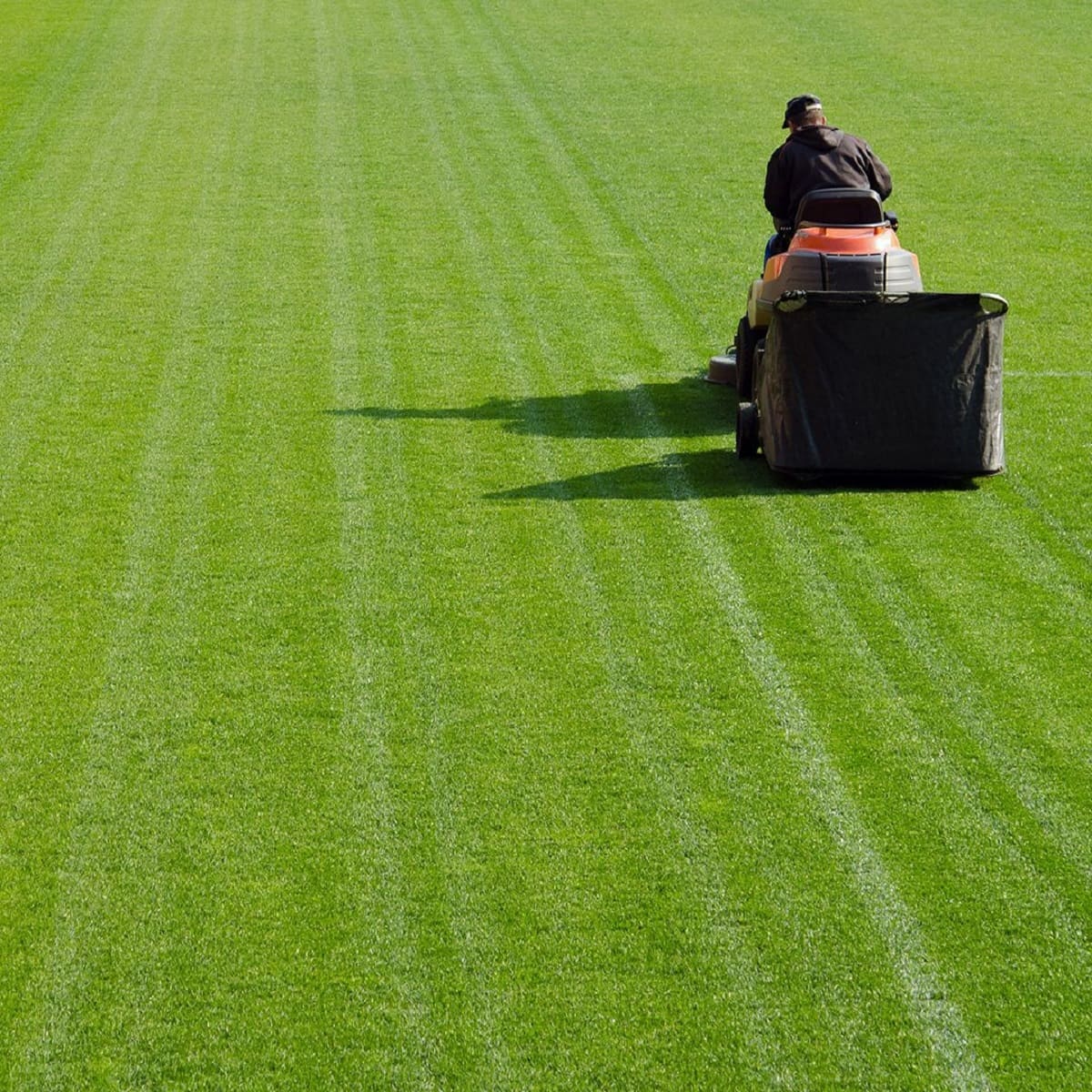

Garden Essentials
How Much Is Lawn Care For 1 Acre
Modified: September 2, 2024
Get an estimate for garden care costs for a 1-acre lawn. Find out how much it'll cost to maintain your garden and keep it looking beautiful.
(Many of the links in this article redirect to a specific reviewed product. Your purchase of these products through affiliate links helps to generate commission for Storables.com, at no extra cost. Learn more)
Introduction
Having a well-maintained and lush green lawn can significantly enhance the overall appeal of your property. However, achieving and maintaining a beautiful lawn requires time, effort, and knowledge. For homeowners with a larger property, such as a 1-acre lawn, the task can be even more challenging.
Lawn care for a 1-acre property involves a range of tasks, including mowing, fertilizing, weed control, irrigation system maintenance, and pest control. Each of these services comes at a cost, and the total price can vary depending on several factors.
In this article, we will explore the factors that affect the cost of lawn care for 1 acre and provide an overview of the average costs for different services. Additionally, we will share some money-saving tips to help you maintain a healthy and vibrant lawn without breaking the bank.
Before we dive into the details, it’s important to understand that the information provided here is a general guideline. The costs mentioned can vary depending on your location, the specific needs of your lawn, and the service providers in your area. It’s always a good idea to consult with local lawn care professionals to get accurate estimates for your specific situation.
Now, let’s take a closer look at the factors that can impact the cost of lawn care for a 1-acre property.
Key Takeaways:
- Save money on lawn care for your 1-acre property by mowing, watering, and fertilizing your lawn yourself. Collaborate with neighbors to share equipment and expenses, and take advantage of seasonal deals and discounts.
- Achieve a beautiful 1-acre lawn within your budget by implementing DIY lawn maintenance, collaborating with neighbors for group lawn care, and capitalizing on seasonal deals and discounts.
Read more: How Much To Fence In 1/2 Acre
Factors Affecting the Cost of Lawn Care for 1 Acre
When it comes to determining the cost of lawn care for a 1-acre property, several factors come into play. Understanding these factors will help you better estimate the expenses and make informed decisions about the services you require. Here are the key factors that can affect the cost of maintaining a 1-acre lawn:
1. Size of the Lawn: The size of your lawn is one of the most significant factors in calculating the cost. A larger lawn will require more resources, such as time, labor, and materials, which can result in higher costs compared to a smaller lawn.
2. Type of Services Required: The specific services you need will also impact the overall cost. Typical lawn care services include mowing, fertilizing, weed control, aeration, overseeding, pest control, and irrigation system maintenance. If your lawn requires additional services like landscape design and installation, the overall cost will increase.
3. Frequency of Maintenance: The frequency at which you schedule lawn maintenance services will affect the cost. Regular maintenance, such as weekly mowing, can be less expensive than infrequent or seasonal services like aeration and overseeding, which require specialized equipment and additional labor.
4. Lawn Condition and Complexity: The current condition of your lawn can impact the cost as well. If your lawn is in poor condition and requires extensive repair or renovation, it may require more time and resources, leading to higher costs. Additionally, if your lawn has complex features like slopes, obstacles, or intricate landscape designs, it may require extra effort and specialized equipment, resulting in increased expenses.
5. Geographic Location: The cost of lawn care services can vary based on your geographic location. Factors such as the cost of living, availability of skilled labor, local competition, and regional climate will influence pricing. Urban areas and regions with high demand for lawn care services may have higher costs compared to rural areas.
Now that we have examined the factors that can impact the cost of lawn care for a 1-acre property, let’s move on to explore the average costs for different services in the next section.
Size of the Lawn
The size of your lawn plays a crucial role in determining the cost of lawn care for a 1-acre property. A larger lawn requires more time, effort, and resources to maintain, which can result in higher costs compared to a smaller lawn.
To understand the size of your lawn, it’s important to measure the total area accurately. A standard acre equals 43,560 square feet. However, keep in mind that not all 1-acre properties have a perfectly square or rectangular shape. Some may have irregular borders, slopes, or other features that need to be taken into account when calculating the size.
The larger the lawn, the more time it will take to complete tasks such as mowing, fertilizing, and weed control. Additionally, a larger lawn may require more materials and resources, such as fertilizers, pesticides, and irrigation supplies.
While a larger lawn can result in higher costs, it doesn’t necessarily mean that you should expect exorbitant prices. Many lawn care service providers offer pricing tiers based on the size of the property. They may have separate pricing for small, medium, and large properties, which can help you better estimate the costs for your 1-acre lawn.
It’s important to note that pricing structures may vary among different service providers. Some companies may charge a flat rate for a 1-acre property, while others may charge based on square footage. Taking the time to research and compare different service providers in your area can help you find the best value for your lawn care needs.
Now that we have addressed the impact of the lawn size on the cost of care, let’s move on to discuss the various types of services that may be required to maintain a healthy and vibrant 1-acre lawn.
Type of Services Required
The specific services required for maintaining a 1-acre lawn can vary depending on factors such as climate, soil conditions, and personal preferences. The type of services you need will have a significant impact on the overall cost of lawn care.
Here are some common services that you might consider for your 1-acre lawn:
Mowing: Regular mowing is essential to keep your lawn looking neat and well-manicured. The cost of mowing typically depends on the size of the lawn, the frequency of service, and any additional factors such as obstacles and slopes. Mowing prices can range from $50 to $80 per visit for a 1-acre property, but it may vary based on location and service provider.
Fertilizing and Weed Control: A healthy and vibrant lawn requires proper fertilization and weed control. Fertilizer helps nourish the grass and promote growth, while weed control products keep unwanted weeds at bay. The cost of these services can vary depending on the size of the lawn, the type of fertilizers and weed control products used, and the frequency of application. On average, you can expect to spend around $500 to $800 per year for fertilizing and weed control on a 1-acre lawn.
Aeration and Overseeding: Aeration involves creating small holes in the soil to improve air circulation, water absorption, and nutrient uptake by the grass roots. Overseeding is the process of adding new grass seed to thicken the lawn. These services are recommended annually or as needed. The cost can range from $200 to $500 for a 1-acre lawn, depending on the equipment used and the condition of the soil.
Pest Control: Depending on your location, your lawn may be susceptible to various pests such as insects, grubs, or diseases. Pest control services involve identifying and treating these issues to prevent damage to your lawn. The cost of pest control can vary depending on the severity of the problem, the size of the lawn, and the type of treatment required. Average prices can range from $200 to $400 per year.
Irrigation System Maintenance: If your 1-acre lawn has an irrigation system, regular maintenance is necessary to ensure its proper functioning. This may include inspecting and adjusting sprinkler heads, repairing leaks, and programming the system for appropriate watering schedules. The cost of irrigation system maintenance can range from $150 to $300 per year.
Landscape Design and Installation: If you are looking to enhance your 1-acre lawn with new landscape features such as flower beds, shrubs, or trees, the cost will vary based on the complexity of the design and the plants chosen. Landscape design and installation can range from a few hundred dollars to several thousand dollars, depending on the scope of the project.
Remember, these are just some of the services that you may consider for your 1-acre lawn. It’s essential to assess your specific needs and consult with professional lawn care providers to get accurate estimates for the services required.
Now that we have discussed the types of services commonly required for maintaining a 1-acre lawn, let’s move on to explore the impact of the frequency of maintenance on the overall cost.
Frequency of Maintenance
The frequency at which you schedule lawn maintenance services can have a significant impact on the cost of caring for a 1-acre lawn. The more frequent the services, the higher the overall cost may be.
Here are some key factors to consider regarding the frequency of maintenance:
Mowing: Mowing is a regular maintenance task for any lawn. The frequency of mowing depends on the type of grass, climate, and growth rate. Typically, mowing is done weekly or bi-weekly during the growing season. However, during periods of slow grass growth, such as winter, mowing may be less frequent. Keep in mind that more frequent mowing will result in higher costs due to the additional time and labor required.
Fertilizing and Weed Control: Fertilizing and weed control treatments are typically scheduled throughout the year, depending on the specific needs of your lawn and the climate in your region. Generally, fertilization may be done 3-5 times per year, while weed control treatments may be needed on a seasonal basis. The more frequent these services are performed, the higher the cost may be due to the increased application of products.
Aeration and Overseeding: Aeration and overseeding are maintenance tasks that are usually performed annually or as needed. Aeration can be done once or twice a year to improve soil health, while overseeding is done to promote a denser lawn. The frequency of these services will depend on the condition of your lawn and any specific issues you are addressing. Keep in mind that more frequent aeration and overseeding will result in higher costs.
Pest Control: The frequency of pest control treatments largely depends on the severity of the pest problem on your 1-acre lawn. In some cases, it may be necessary to treat the lawn multiple times during the year, especially if there are recurring pest issues. The more frequent the treatments, the higher the cost may be due to the increased use of pest control products.
It’s essential to strike a balance between regular maintenance and your budgetary considerations. Consistent and appropriate care for your 1-acre lawn will ensure its health and appearance. While more frequent maintenance may result in higher costs, neglecting regular care can lead to more significant and costly problems down the line.
Now that we have explored the impact of the frequency of maintenance on the cost of caring for a 1-acre lawn, let’s move on to discuss the role of the lawn’s condition and complexity.
Read more: How Much Grass Seed For 1/2 Acre
Lawn Condition and Complexity
The condition and complexity of your 1-acre lawn can significantly impact the cost of lawn care. Factors such as the overall health of the lawn, the presence of any underlying issues, and the complexity of the landscape design all play a role in determining the expenses involved.
Lawn Condition: The current condition of your lawn is an essential factor to consider. If your lawn is in good health and well-maintained, it will require less intensive care, resulting in lower costs. However, if your lawn is in poor condition, with issues such as bare patches, damaged grass, or weeds, it may require more extensive treatment and repair, leading to higher costs. Severe lawn problems may necessitate additional services such as soil testing, soil amendment, or specialized treatments, increasing the overall expenses.
Complexity of Landscape: The complexity of your 1-acre lawn’s landscape also impacts the cost of maintenance. If your lawn has challenging features such as slopes, retaining walls, intricate landscape designs, or obstacles like trees and flower beds, it may require extra effort, time, and specialized equipment to maintain. Landscaping companies may charge higher rates for dealing with these complexities. Additionally, the presence of features such as ponds, fountains, or outdoor structures may require additional care, resulting in increased costs.
Additional Services: The condition and complexity of your lawn may necessitate additional services beyond basic maintenance. For example, if your lawn suffers from excessive thatch buildup or compacted soil, it may require dethatching or core aeration, which can add to the expenses. Similarly, dealing with specific issues like disease management or dealing with invasive species may require specialized treatments and incur additional costs.
It’s important to assess the condition and complexity of your lawn to better understand the resources and efforts required for its maintenance. Regular inspection and awareness of any underlying issues can help you address them promptly and avoid more significant problems in the future.
Keep in mind that professional lawn care providers can assess the condition and complexity of your 1-acre lawn and provide tailored recommendations and estimates. Consulting with experts in the field will help you make informed decisions and budget accordingly.
Now that we have discussed the impact of the lawn’s condition and complexity on the cost of maintenance, let’s explore the role of geographic location in determining the expenses involved.
Geographic Location
The geographic location of your 1-acre lawn plays a significant role in determining the cost of lawn care services. Various factors associated with your region can influence the expenses involved in maintaining a healthy and vibrant lawn.
Cost of Living: The cost of living in different areas can have a direct impact on the prices of lawn care services. Regions with higher costs of living tend to have higher service rates due to increased operating expenses for businesses and higher wages for workers. Metropolitan areas or affluent neighborhoods are often associated with higher lawn care costs compared to rural or less densely populated regions.
Competition: The level of competition among lawn care service providers in your area can also affect pricing. Higher competition can drive down prices due to the abundance of choices available to consumers. On the other hand, areas with limited options or monopolies may have higher costs due to the lack of competition in the market.
Regional Climate: The climate in your region plays a significant role in determining the type and frequency of lawn care services required. Regions with hot climates, for example, may demand more intensive watering and pest control efforts, resulting in higher costs. Likewise, regions prone to extreme weather conditions such as heavy rainfall or freezing temperatures may require additional treatments or specialized services to protect the lawn from damage.
Availability of Skilled Labor: The availability of skilled labor in your area can impact the price of lawn care services. If there is a shortage of trained professionals, service providers may charge higher rates due to the demand for their expertise. Conversely, areas with a surplus of skilled labor may have more competitive pricing.
Local Regulations: Some areas may have specific regulations or requirements related to lawn care practices, water usage, or pesticide application. Complying with these regulations may involve additional costs for the service providers, which can then be reflected in the pricing structure.
It’s important to consider these geographic factors when estimating the cost of lawn care for your 1-acre property. While you cannot control these external factors, being aware of them can help you understand the variations in pricing among different service providers and plan your budget accordingly.
Now that we have explored the impact of geographic location on the cost of lawn care, let’s move on to the average costs of different services for a 1-acre lawn.
Average Cost of Lawn Care for 1 Acre
The average cost of lawn care for a 1-acre property can vary depending on the specific services required and the factors we have discussed. Here is a breakdown of the approximate costs for different services:
- Mowing: The cost of mowing a 1-acre lawn can range from $50 to $80 per visit, depending on the frequency of service and any additional factors such as obstacles or slopes.
- Fertilizing and Weed Control: On average, you can expect to spend around $500 to $800 per year for fertilizing and weed control on a 1-acre lawn. The cost may vary based on the type of products used and the frequency of application.
- Aeration and Overseeding: Aeration and overseeding services for a 1-acre lawn can cost between $200 and $500, depending on the condition of the soil and any specific issues that need to be addressed.
- Pest Control: The cost of pest control treatments for a 1-acre lawn typically ranges from $200 to $400 per year, depending on the severity of the pest problem and the type of treatment required.
- Irrigation System Maintenance: For a lawn with an irrigation system, the cost of maintenance can range from $150 to $300 per year, covering tasks such as inspection, repairs, and programming.
- Landscape Design and Installation: The cost of landscape design and installation for a 1-acre lawn varies depending on the complexity of the project, with prices ranging from a few hundred dollars to several thousand dollars.
Keep in mind that these cost estimates are general averages and can vary based on location, specific service providers, and individual requirements. It’s important to consult with local lawn care professionals to get accurate estimates based on your specific needs and circumstances.
Now that we have explored the average costs of different services for a 1-acre lawn, let’s move on to some money-saving tips to help you maintain your lawn without breaking the bank.
Mowing
Mowing is a fundamental aspect of lawn care that helps keep your 1-acre lawn looking neat, healthy, and well-maintained. Proper mowing techniques can enhance the overall appearance of your lawn and contribute to its overall health. To save costs on mowing services for your 1-acre lawn, consider the following tips:
- Invest in a reliable lawn mower: Purchasing a good quality lawn mower can be a cost-effective long-term investment. Look for a mower that is suitable for the size and terrain of your 1-acre lawn, ensuring it is durable and capable of delivering the desired results. A self-propelled or riding mower may save you time and effort during the mowing process.
- Set a proper mowing height: Adjusting the mowing height to the recommended level for your type of grass can promote healthier growth and reduce the need for frequent mowing. Be sure to research the optimal mowing height for your specific grass species and adjust the mower accordingly.
- Mow regularly, but not excessively: Establish a mowing schedule that aligns with the growth rate of your lawn and stick to it. Regular mowing helps maintain an even height and reduces stress on the grass. However, avoid over-mowing as it can weaken the turf. Aim to remove no more than one-third of the grass blade during each mowing session.
- Follow proper mowing techniques: Make sure to mow in different patterns with each session to avoid creating ruts or compacting the soil. Use sharp blades to ensure clean and precise cuts, which are beneficial for the health of your lawn.
- Consider DIY mowing: If you have the time and inclination, consider mowing the lawn yourself. This can significantly cut down on the costs associated with professional mowing services. However, if the task becomes overwhelming or time-consuming, outsourcing the mowing services periodically might be a more practical option.
- Connect with neighbors for group mowing: Coordinate with neighbors who also have 1-acre lawns and consider sharing the cost of a professional mower’s services, alternatively take turns mowing each other’s lawns. Grouping together can save money while still ensuring that each lawn is well-maintained.
By implementing these cost-saving tips for mowing your 1-acre lawn, you can achieve a well-groomed and healthy lawn without breaking the bank. Remember that proper mowing techniques and regular maintenance go hand in hand to keep your lawn looking its best.
Now that we have discussed cost-saving tips for mowing, let’s move on to explore more ways to save on lawn care for your 1-acre property.
Read more: How Much Is It To Fence An Acre
Fertilizing and Weed Control
Fertilizing and weed control are essential aspects of maintaining a healthy and lush 1-acre lawn. These practices help nourish the grass and keep unwanted weeds at bay. To save costs on fertilizing and weed control for your 1-acre lawn, consider the following tips:
- Test your soil: Before applying fertilizers, conduct a soil test to determine the specific nutrient needs of your lawn. This will help you understand which nutrients are lacking and allow you to apply only the necessary fertilizers. By providing your lawn with the exact nutrients it requires, you avoid unnecessary expenses on excessive fertilizer applications.
- Choose the right fertilizers: Select fertilizers with the appropriate nutrient balance for your type of grass and soil conditions. Read the labels carefully to ensure you are purchasing the right type and formulation of fertilizer. Organic or slow-release fertilizers may be more expensive upfront but can offer longer-lasting benefits, reducing the need for frequent applications.
- Apply fertilizers at the right time: Follow the recommended application schedule for the fertilizers you are using. Applying fertilizer during periods of active growth will maximize its effectiveness. Avoid applying fertilizer in extreme weather conditions or when rain is anticipated, as it can lead to waste and leaching.
- Practice proper watering: Adequate and consistent watering is essential for the optimal absorption of fertilizers. Water your lawn deeply and infrequently rather than shallow and frequent watering. Avoid overwatering, as it can wash away nutrients and lead to weed growth.
- Implement natural weed control methods: Instead of relying solely on chemical weed control, consider incorporating natural methods to prevent and control weeds. This can include regular manual weeding, mulching, and maintaining a healthy lawn through proper mowing and fertilization. Targeted spot treatments for weeds may be more cost-effective than widespread applications.
- Maintain a healthy lawn: A well-maintained lawn is less susceptible to weed invasions. Focusing on proper mowing height, regular aeration, overseeding, and addressing any underlying issues, such as soil compaction, can promote a healthy and dense turf that naturally suppresses weed growth.
- Consider DIY approaches: If you have the time and inclination, consider taking a DIY approach to fertilizing and weed control. This can involve purchasing the necessary products and applying them yourself. However, be sure to educate yourself on proper application techniques and safety precautions to avoid potential pitfalls.
Implementing these cost-saving tips for fertilizing and weed control on your 1-acre lawn can help you achieve a thriving and weed-free lawn without straining your budget. By focusing on efficiency, proper application techniques, and natural methods, you can reduce the need for excessive treatments and products.
Remember that maintaining a healthy lawn is an ongoing process, and attentiveness to fertilizing and weed control practices plays a significant role. Now, let’s explore more money-saving tips to help you care for your 1-acre lawn.
The cost of lawn care for 1 acre can vary depending on the services needed, but on average, it can range from $200 to $500 per visit. Factors such as mowing, fertilizing, and weed control will affect the overall cost.
Aeration and Overseeding
Aeration and overseeding are crucial practices for maintaining a healthy and vibrant 1-acre lawn. These processes help improve soil health, enhance nutrient absorption, and promote a thicker and denser turf. To save costs on aeration and overseeding for your 1-acre lawn, consider the following tips:
- Assess the need for aeration: Conduct a soil test or consult with a lawn care professional to determine if aeration is necessary for your lawn. Not all lawns require annual aeration. If your soil is not compacted or does not show signs of poor drainage, you may be able to skip aeration for a season or two, saving on the associated costs.
- Go for core aeration: Core aeration is the most effective method for relieving soil compaction and improving air and water circulation in the soil. Instead of using liquid or spike aerators, opt for core aeration. While machines for core aeration can be rented, consider sharing the cost and work with neighbors who also have lawns in need of aeration.
- Carefully choose overseeding products: Select the appropriate grass seed for overseeding, considering factors such as climate, soil conditions, and desired turf characteristics. Choose high-quality grass seed that matches your existing lawn species or emphasizes desired features like drought tolerance or shade tolerance.
- Timing is key: Time the aeration and overseeding activities correctly to maximize their effectiveness. Preferably, perform these tasks during the growing season when the grass can quickly recover and establish. Consult local lawn care experts or extension offices to determine the optimal timing for aeration and overseeding in your region.
- Spread seed efficiently: Ensure even and adequate coverage of grass seed during overseeding. Use a calibrated seed spreader to distribute the seed uniformly. This prevents wastage and ensures proper germination. Over-seeding thinly or skipping areas can result in uneven growth and the need for additional overseeding in the future.
- Water properly: After aeration and overseeding, provide sufficient water to aid seed germination and establishment. Follow watering guidelines specific to your grass species and climate. Deep watering is preferable to frequent shallow watering, as it encourages deep root growth.
- Maintain proper lawn care practices: Implement proper mowing, watering, and fertilization techniques throughout the year to support the growth and health of the newly overseeded areas. Promoting a healthy lawn reduces the risk of weed encroachment and the need for additional overseeding in the future.
By following these money-saving tips for aeration and overseeding, you can maintain a vibrant and dense turf on your 1-acre lawn without straining your budget. Remember that aeration and overseeding are typically performed as periodic tasks, and experiencing the benefits of these practices over time can spare you from costly lawn renovation projects.
Now that we have explored cost-saving tips for aeration and overseeding, let’s move on and discuss additional ways to save on lawn care for your 1-acre property.
Pest Control
Pest control is an essential aspect of lawn care to protect your 1-acre property from insect damage and diseases that can harm the health and appearance of your lawn. Implementing effective pest control measures can help you maintain a beautiful and pest-free lawn. Here are some tips to save costs on pest control for your 1-acre lawn:
- Identify pest problems accurately: Properly identifying the specific pests that are affecting your lawn is crucial for effective pest control. Different pests may require different treatments, and misdiagnosing the problem can lead to unnecessary expenses. Consult with a local garden center or a lawn care professional to get accurate identification and targeted pest control recommendations.
- Focus on prevention: Prevention is key to minimizing the need for costly pest control treatments. Implement cultural practices that promote a healthy lawn, including proper mowing, watering, and fertilizing techniques. A well-maintained lawn is less susceptible to pest infestations. Clear debris, such as leaves and grass clippings, as they can harbor pests. Regularly inspect your lawn for signs of pests, and address any issues promptly to prevent them from becoming a widespread problem.
- Spot treat affected areas: Instead of treating your entire 1-acre lawn with pesticides, target specific areas that are affected by pests. Spot treating affected areas saves costs while minimizing pesticide use. Be cautious when using pesticides, and follow the instructions carefully to ensure safe and effective application. Consider using lower-toxicity or organic pest control options whenever possible.
- Encourage natural predators: Foster a balanced ecosystem in your lawn by encouraging natural predators of pests. For example, birds, ladybugs, and spiders feed on common lawn pests such as aphids and grubs. Planting native flowers, shrubs, and trees can attract beneficial insects that keep pest populations in check.
- Properly time pesticide applications: Timing pesticide applications correctly can enhance their effectiveness while reducing unnecessary repeat treatments. Research the life cycles and behavior of targeted pests and apply pesticides during their vulnerable stages or when they are most active. Avoid spraying on windy days to prevent drift and wastage of the product.
- Maintain proper lawn care practices: A healthy and properly cared-for lawn is naturally more resistant to pests. Implementing good mowing, watering, and fertilizing practices strengthens the grass, making it less appealing to pests. Regularly removing thatch and aerating the soil can also discourage pest infestations.
- Consider professional consultation: If the pest problem on your 1-acre lawn becomes overwhelming or persists despite your efforts, it may be beneficial to consult a professional. They can provide expert advice and targeted treatments, helping you save costs in the long run by preventing extensive damage.
By implementing these cost-saving tips for pest control, you can effectively manage and minimize pest issues on your 1-acre lawn without breaking the bank. Remember that a proactive approach to prevention and targeted treatments can significantly reduce the need for expensive and widespread pesticide applications.
Now that we have explored tips for saving costs on pest control, let’s move on to discuss the importance of maintaining your irrigation system and tips for saving money on its maintenance.
Irrigation System Maintenance
An efficient and properly maintained irrigation system is essential for ensuring that your 1-acre lawn receives adequate water for healthy growth. Regular maintenance of your irrigation system can help prevent water wastage, reduce utility bills, and extend the lifespan of the system. Here are some tips to save money on irrigation system maintenance for your 1-acre lawn:
- Regularly inspect the system: Conduct routine inspections of your irrigation system to identify any leaks, broken sprinkler heads, or other issues. Check for signs of water pooling or dry patches in the lawn, which could indicate problems with the system’s coverage. Detecting and fixing problems promptly can prevent water wastage and reduce water bills.
- Adjust the watering schedule according to weather: Adjust your irrigation system’s watering schedule based on the weather conditions to avoid over-watering or under-watering the lawn. Use weather-based or smart controllers that automatically adjust watering times and frequency based on current climate conditions. This way, you can optimize water usage and prevent unnecessary expenses.
- Clean or replace clogged or malfunctioning sprinkler heads: Regularly clean and maintain sprinkler heads to ensure proper water distribution. Clogged or misaligned sprinkler heads can result in water waste and uneven coverage. Replace any damaged or malfunctioning sprinkler heads to avoid water loss and potential damage to the lawn.
- Check for leaks and repair them promptly: Inspect the pipes, valves, and connections of your irrigation system for any leaks. Even minor leaks can lead to significant water wastage over time. Repair leaks promptly to prevent unnecessary water usage and reduce water bills.
- Perform regular system checks: Periodically run a system check to ensure that all zones are operating correctly and that water is being distributed evenly. Make sure the system is programmed correctly and that the water pressure is appropriate. This prevents water waste and ensures that your lawn receives the proper amount of irrigation.
- Consider water-efficient retrofitting: Consider upgrading your irrigation system with water-efficient technologies such as drip irrigation or soil moisture sensors. Drip irrigation delivers water directly to the root zone of plants, reducing water loss through evaporation and minimizing overspray. Soil moisture sensors can detect the moisture levels in the soil and only trigger irrigation when necessary, avoiding over-watering.
- Perform seasonal maintenance: Before the start of each season, perform a thorough maintenance check on your irrigation system. This includes cleaning filters, adjusting sprinkler heads, clearing debris, and ensuring that all components are functioning properly. Proper seasonal maintenance ensures optimal performance and can prevent costly repairs later on.
By following these cost-saving tips for irrigation system maintenance, you can keep your 1-acre lawn efficiently watered without incurring unnecessary expenses. A well-maintained irrigation system not only saves water but also helps preserve the health and beauty of your lawn.
Now that we have discussed tips for saving money on irrigation system maintenance, let’s move on to explore the potential savings that can be achieved through landscape design and installation.
Read more: How Much Clover Seed Per Acre
Landscape Design and Installation
Enhancing the aesthetics and functionality of your 1-acre lawn through landscape design and installation can greatly enhance the overall appeal of your property. Whether you are looking to add flower beds, pathways, or outdoor features, careful planning and cost-saving strategies can help you achieve your desired landscape while staying within your budget. Here are some tips to save money on landscape design and installation for your 1-acre lawn:
- Plan and prioritize: Start by creating a detailed plan for your landscape design, considering your preferences and budget. Identify the key elements you want to include and prioritize them based on importance. This helps you focus on the most essential features and avoid unnecessary expenses on items that can be added later.
- Consult with a professional: Seek advice and guidance from a professional landscape designer or architect. They can provide expert insights, recommend cost-effective materials and design solutions, and help you avoid costly mistakes. Consider hiring a designer for a one-time consultation to provide you with a design plan that you can implement yourself.
- Shop around for materials: Take the time to compare prices and quality of materials needed for your landscape project. Visit local nurseries, home improvement stores, and online retailers to find the best deals. Look for sales, discounts, or clearance items that can help you save on plants, pavers, mulch, and other landscaping materials.
- Opt for easy-to-maintain plants: Choose plants that are well-suited to your climate and require minimal maintenance. Native plants or drought-tolerant species can thrive with less water and minimal intervention. Additionally, select perennials instead of annuals, as perennials come back year after year, saving you money on replanting.
- Consider DIY landscaping: If you are willing to put in the time and effort, consider tackling some of the landscaping work yourself. Tasks such as planting, mulching, and installing simple features can be done without professional assistance, saving you on labor costs. However, be realistic about your skills and capabilities, and seek professional help for complex or specialized tasks.
- Phase out your project: Instead of completing your entire landscape design and installation at once, consider phasing out the project over time. This allows you to spread out the expenses and tackle different areas of your lawn as your budget allows. Prioritize the areas that will have the most significant impact on the overall appearance initially and add more features gradually.
- Participate in plant exchanges or community programs: Join local plant exchanges or community gardening programs where you can trade plants or receive free seedlings. This will not only save money but also introduce variety and diversity to your landscape.
By following these cost-saving tips for landscape design and installation, you can transform your 1-acre lawn into a beautiful and functional outdoor space without overspending. With careful planning, smart purchasing decisions, and a DIY approach for certain tasks, you can create a stunning landscape within your budget.
Now that we have explored tips for saving money on landscape design and installation, let’s move on to conclude our discussion on saving tips for lawn care.
Saving Tips for Lawn Care
Caring for your 1-acre lawn doesn’t have to be a costly endeavor. With some strategic planning and smart decisions, you can save money while still maintaining a healthy and beautiful lawn. Here are some additional saving tips for lawn care:
- Do It Yourself (DIY) whenever possible: Taking a hands-on approach to lawn care tasks can save you money on labor costs. Consider performing basic maintenance tasks such as mowing, watering, and basic landscaping yourself. However, be mindful of your limitations and seek professional assistance for complex or specialized tasks.
- Group neighborhood lawn care: Coordinate with your neighbors who also have 1-acre lawns and consider bulk-buying lawn care services. By pooling your resources and hiring a professional together, you can negotiate better rates and save on individual lawn care costs.
- Shop around for service providers: Take the time to research and compare prices from different lawn care service providers in your area. Request quotes and evaluate the services they offer. Don’t forget to read reviews and ask for references to ensure you choose a reputable and affordable provider.
- Take advantage of seasonal deals and discounts: Many lawn care businesses offer seasonal deals and discounts. Keep an eye out for promotions on services, equipment, and supplies. These discounts can help you save significant amounts of money, especially if you plan your purchases accordingly.
- Practice proper water management: Efficient water management can lead to significant savings on water bills. Follow watering guidelines for your specific grass species and avoid overwatering. Consider installing rainwater collection systems to utilize natural rainfall for irrigation needs.
- Use organic and homemade alternatives: Instead of relying heavily on chemical treatments and fertilizers, explore organic and homemade alternatives. Use compost as a natural fertilizer, make your own weed control solutions, and opt for organic pest control methods whenever possible. These alternatives can be more cost-effective and environmentally friendly.
- Properly maintain your tools and equipment: Regularly clean and maintain your lawn care tools and equipment to ensure they operate efficiently and last longer. Sharpen blades, clean filters, and perform routine maintenance to prevent costly repairs or replacements.
- Practice regular lawn inspections: Regularly inspect your 1-acre lawn for signs of problems such as weed growth, pest infestations, or disease. Catching issues early on saves you money by addressing them before they escalate and require expensive treatments or renovations.
By implementing these saving tips for lawn care, you can achieve a well-maintained 1-acre lawn while staying within your budget. Remember, a little planning, DIY effort, and strategic decision-making can go a long way in saving you money without compromising the health and beauty of your lawn.
Now that we have explored various saving tips for lawn care, let’s conclude our discussion and encourage you to put these tips into practice to achieve a cost-effective and stunning 1-acre lawn.
DIY Lawn Maintenance
One of the most effective ways to save money on lawn care for your 1-acre property is by taking a do-it-yourself (DIY) approach. By performing basic lawn maintenance tasks yourself, you can significantly reduce costs while still achieving a healthy and beautiful lawn. Here are some tips for DIY lawn maintenance:
- Mowing: Invest in a reliable lawn mower and take the time to mow your lawn regularly. Set the mower at the appropriate height for your grass type and mow in different directions for even cutting. Regular mowing helps maintain an even height, promotes healthy growth, and saves you the expense of hiring a professional mowing service.
- Watering: Learn about the water needs of your specific grass species and adjust your watering schedule accordingly. Water deeply and infrequently, ensuring the water reaches the root zone. Consider using a rain gauge or moisture meter to determine when watering is necessary, helping you avoid over-watering and excessive water bills.
- Fertilizing and Weed Control: Take the time to understand the fertilizer and weed control needs of your lawn. Apply fertilizers at the recommended times and use natural or organic options whenever possible. Spot treat weeds manually or with natural substitutes to avoid the need for widespread chemical treatments.
- Aeration and Overseeding: Rent an aerator and overseeder to perform these tasks on your own. Properly aerate the soil to improve air and water circulation, and overseed any thin or bare areas to promote a thicker lawn. By undertaking these tasks yourself, you can save on the expense of hiring a professional.
- Clearing debris: Regularly clear fallen leaves, branches, and other debris from your lawn. This not only helps keep your lawn looking neat, but it also prevents the buildup of thatch, which can impede water and nutrient absorption. Raking or using a leaf blower to clear debris is a task you can easily handle on your own.
- Edging and Trimming: Define the borders of your lawn by edging it with a spade or edging tool. Trim around trees, shrubs, and other landscape features to maintain clean and sharp lines. Both edging and trimming can be done by hand, allowing you to shape your lawn without extra costs.
- Soil Testing and Amendments: Conduct soil tests to assess the pH level and nutrient content of your soil. Based on the results, you can determine if any amendments are needed, such as adding lime to adjust pH or adding organic matter to improve soil structure. Soil testing kits are often available at local garden centers.
By embracing DIY lawn maintenance, you not only save money but also have the opportunity to connect with your lawn and gain a deeper understanding of its needs. However, it’s important to recognize your limitations and seek professional assistance for complex tasks or when specific expertise is required.
Now that we have explored the benefits of DIY lawn maintenance, let’s move on to discuss more ways to save money on lawn care for your 1-acre property.
Group Neighborhood Lawn Care
Another effective way to save money on lawn care for your 1-acre property is by collaborating with your neighbors and establishing a group neighborhood lawn care system. By pooling resources and sharing expenses, you can achieve cost savings while maintaining beautiful and well-maintained lawns. Here are some tips for implementing a group neighborhood lawn care approach:
- Coordinate with neighbors: Initiate a conversation with your neighbors who also have 1-acre lawns and discuss the idea of group lawn care. Identify interested participants and establish a plan for sharing the responsibilities and expenses.
- Pool resources: Consider combining your lawn care equipment, such as lawn mowers, rakes, and trimmers. This allows everyone in the group to access and use the necessary tools without each household having to purchase them individually.
- Designate roles and tasks: Divide the lawn care tasks among the participating neighbors. For example, one neighbor can be responsible for mowing, while another takes charge of fertilizing and weed control. Distribute the responsibilities based on the strengths and preferences of each participant.
- Establish a schedule: Set a lawn care schedule that works for all involved households. Depending on the tasks and preferences, you can decide on a rotation system where each neighbor takes turns caring for the lawns or allocate specific tasks to each household for the entire season.
- Share lawn care expenses: Determine a fair way to share the costs of lawn care services, equipment, and supplies. This can be done by dividing the expenses equally or based on the size of each participant’s lawn. Openly discuss the financial arrangements and ensure everyone is comfortable with the agreed-upon contribution.
- Collaborate on bulk purchases: Take advantage of bulk purchasing opportunities to save money on lawn care supplies such as fertilizers, weed control products, and mulch. By purchasing in larger quantities as a group, you can often secure discounts or lower prices.
- Utilize shared knowledge and expertise: Tap into the collective knowledge and skills of the group participants. If one neighbor has expertise in lawn care or gardening, they can share tips and advice with others. Learning from each other can lead to better lawn care practices and fewer expenses.
- Promote community involvement: Consider expanding the group approach to community involvement. Host educational sessions or workshops on lawn care topics, where participants can share their experiences and learn from professionals. This builds camaraderie and a sense of community among neighbors.
Implementing a group neighborhood lawn care system not only saves costs but also fosters a sense of community and collaboration. It allows you to share resources, knowledge, and responsibilities while maintaining well-manicured lawns throughout the neighborhood.
Now that we have explored the benefits of group neighborhood lawn care, let’s move on to discuss more ways to save money on lawn care for your 1-acre property.
Seasonal Deals and Discounts
When it comes to saving money on lawn care for your 1-acre property, taking advantage of seasonal deals and discounts can make a significant difference in your overall expenses. Throughout the year, many businesses offer promotions and special offers on lawn care services, equipment, and supplies. Here are some tips for capitalizing on seasonal deals and discounts:
- Research local lawn care providers: Take the time to research and compare prices from different lawn care service providers in your area. Look for companies that offer seasonal deals and discounts. Read reviews and ask for references to ensure you select reputable service providers with competitive pricing.
- Subscribe to newsletters and mailing lists: Sign up for newsletters or join mailing lists of local nurseries, garden centers, and home improvement stores. This way, you can stay informed about upcoming discounts, exclusive promotions, and seasonal sales on lawn care equipment, plants, fertilizers, and other supplies.
- Keep an eye out for end-of-season sales: Towards the end of the growing season or at the beginning of the next season, many retailers offer discounts on lawn care items to clear out inventory. Take advantage of these sales to stock up on discounted supplies for the following year.
- Shop for equipment during offseason: Lawn care equipment such as mowers, trimmers, and leaf blowers are often discounted during the offseason. Consider purchasing or upgrading your equipment during the offseason when prices are typically lower. This can result in significant savings compared to buying when demand is higher.
- Consider online shopping: Online retailers often offer competitive prices and deals on lawn care equipment, supplies, and even services. Compare prices online and look for discounts, free shipping offers, or coupon codes that can help you save on your purchases.
- Time your purchases strategically: If you can plan ahead, time your purchases strategically to coincide with major sales events such as Black Friday, Cyber Monday, or holiday sales. During these times, retailers often offer substantial discounts that can help you save on lawn care equipment, accessories, and supplies.
- Take advantage of loyalty programs: Join loyalty programs or rewards clubs at your favorite lawn care and gardening stores. These programs often provide exclusive discounts, member-only offers, and rewards points that can be redeemed for future purchases.
- Explore local cooperative extensions or community programs: Cooperative extensions and community gardening programs often offer workshops, seminars, or events related to lawn care. Attend these events to gain knowledge and potentially access exclusive discounts or group buying opportunities.
By keeping an eye out for seasonal deals and discounts, you can save a significant amount of money on lawn care services, equipment, and supplies for your 1-acre property. Being strategic with your purchases and taking advantage of these opportunities can help stretch your lawn care budget throughout the year.
Now that we have explored tips for taking advantage of seasonal deals and discounts, let’s move on to conclude our discussion on saving money on lawn care for your 1-acre property.
Conclusion
Maintaining a beautiful and healthy 1-acre lawn doesn’t have to be a financial burden. By implementing smart strategies and incorporating cost-saving tips, you can achieve a thriving lawn without breaking the bank. Throughout this article, we have explored various ways to save money on lawn care for your 1-acre property.
From DIY lawn maintenance and group neighborhood lawn care to taking advantage of seasonal deals and discounts, these approaches can significantly reduce your expenses while still ensuring a well-maintained lawn. By mowing, watering, fertilizing, and controlling weeds on your own, you can eliminate the need for professional services and save on labor costs. Collaborating with your neighbors can further lower expenses and foster a sense of community. Additionally, being vigilant about seasonal promotions, shopping strategically, and exploring online retailers can help you obtain the best deals on equipment, supplies, and services.
Taking care of your 1-acre lawn requires commitment, time, and effort. However, by implementing the money-saving strategies outlined in this article, you can achieve a cost-effective lawn care routine without compromising the health and beauty of your yard. Remember to prioritize tasks, stay proactive, and adjust your strategy to suit the unique needs of your lawn.
Finally, it’s important to note that while these tips can help you save money, maintaining a healthy and vibrant lawn requires knowledge and expertise. Don’t hesitate to consult with professionals or seek guidance from local garden centers and cooperative extensions to ensure you are following best practices for lawn care.
Now, armed with these cost-saving tips, it’s time to embark on your journey towards a stunning 1-acre lawn that fits within your budget. Incorporate these strategies, adapt them to your specific needs, and enjoy the rewards of a thriving lawn that enhances the beauty and value of your property.
Frequently Asked Questions about How Much Is Lawn Care For 1 Acre
Was this page helpful?
At Storables.com, we guarantee accurate and reliable information. Our content, validated by Expert Board Contributors, is crafted following stringent Editorial Policies. We're committed to providing you with well-researched, expert-backed insights for all your informational needs.
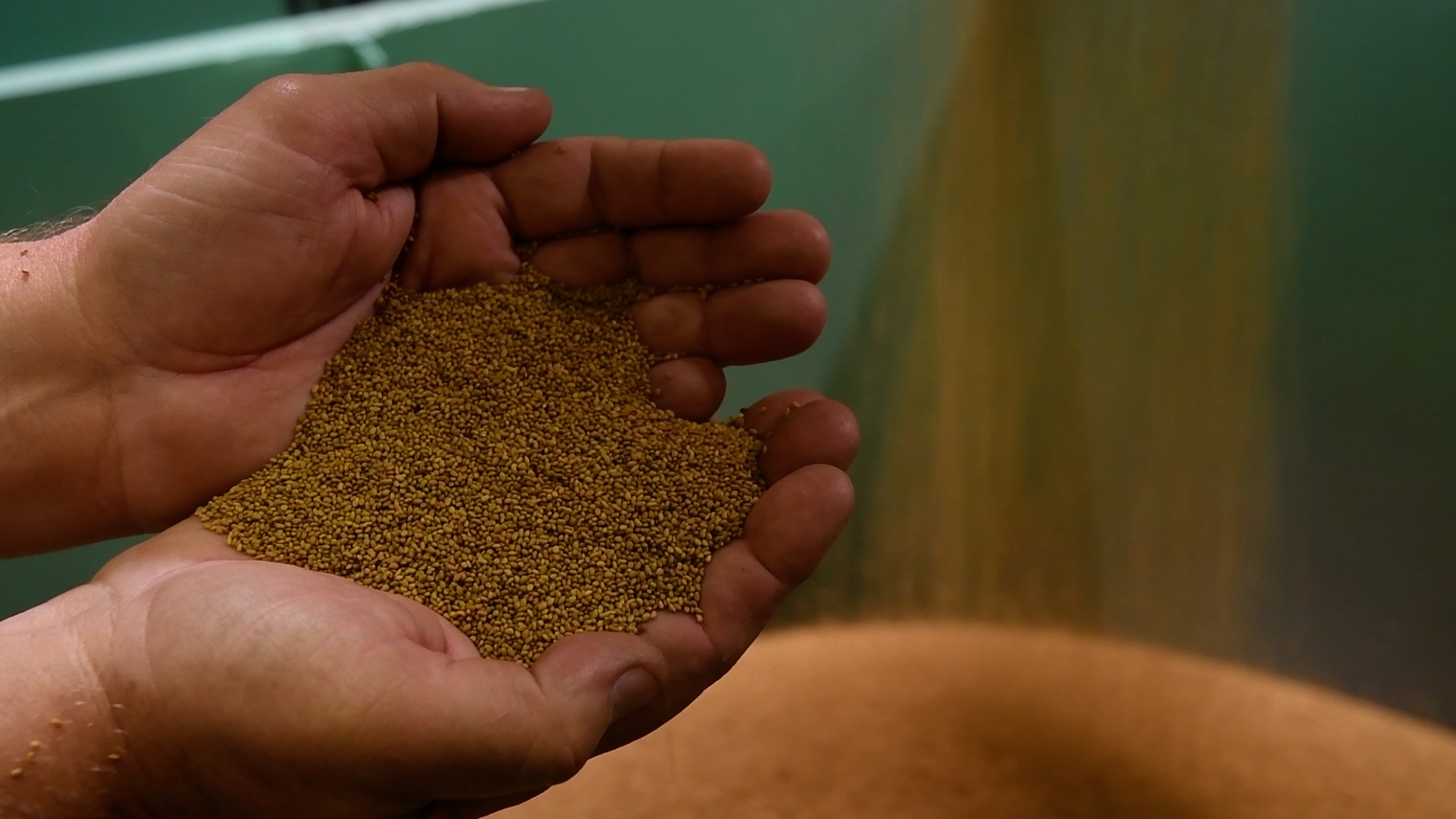
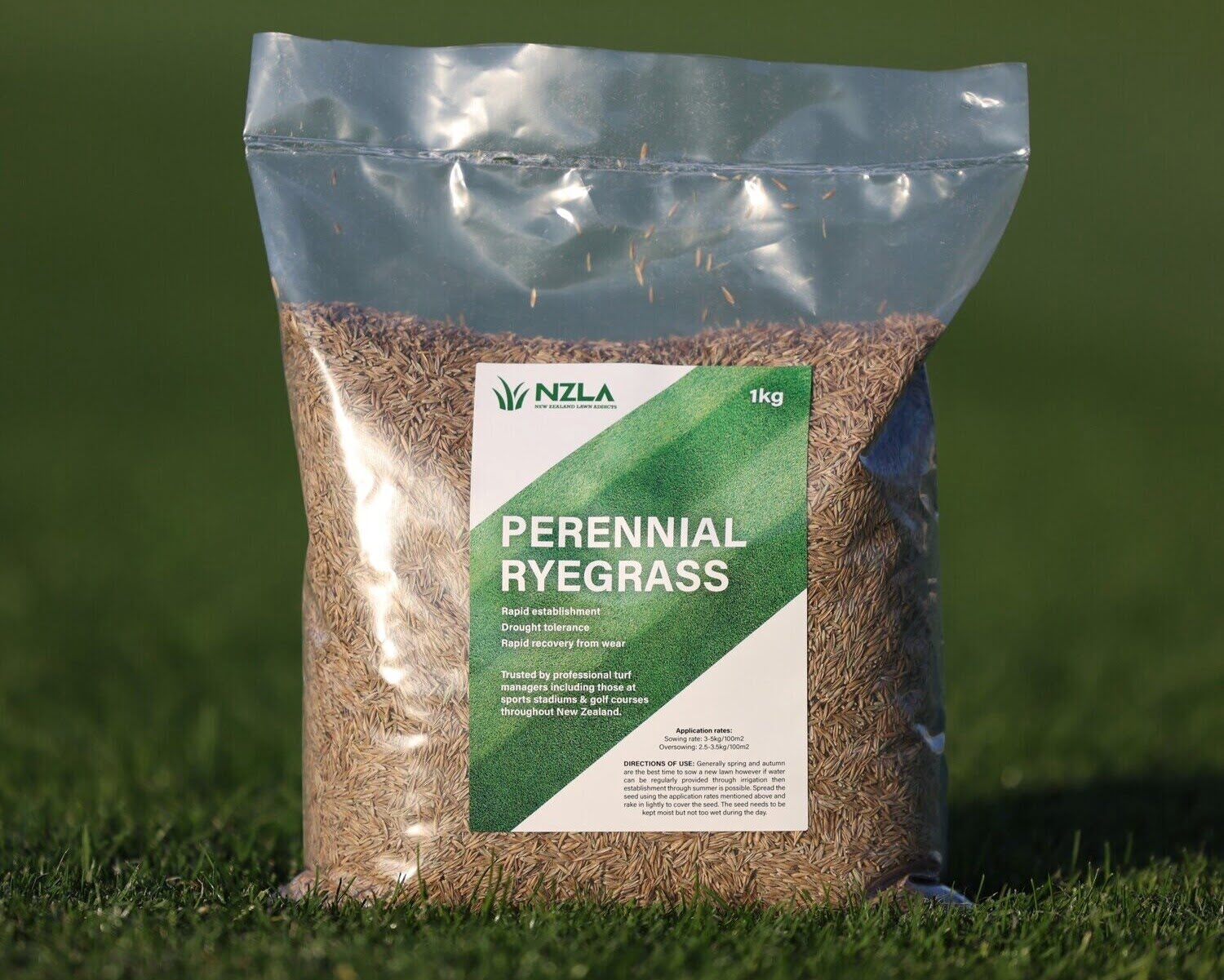
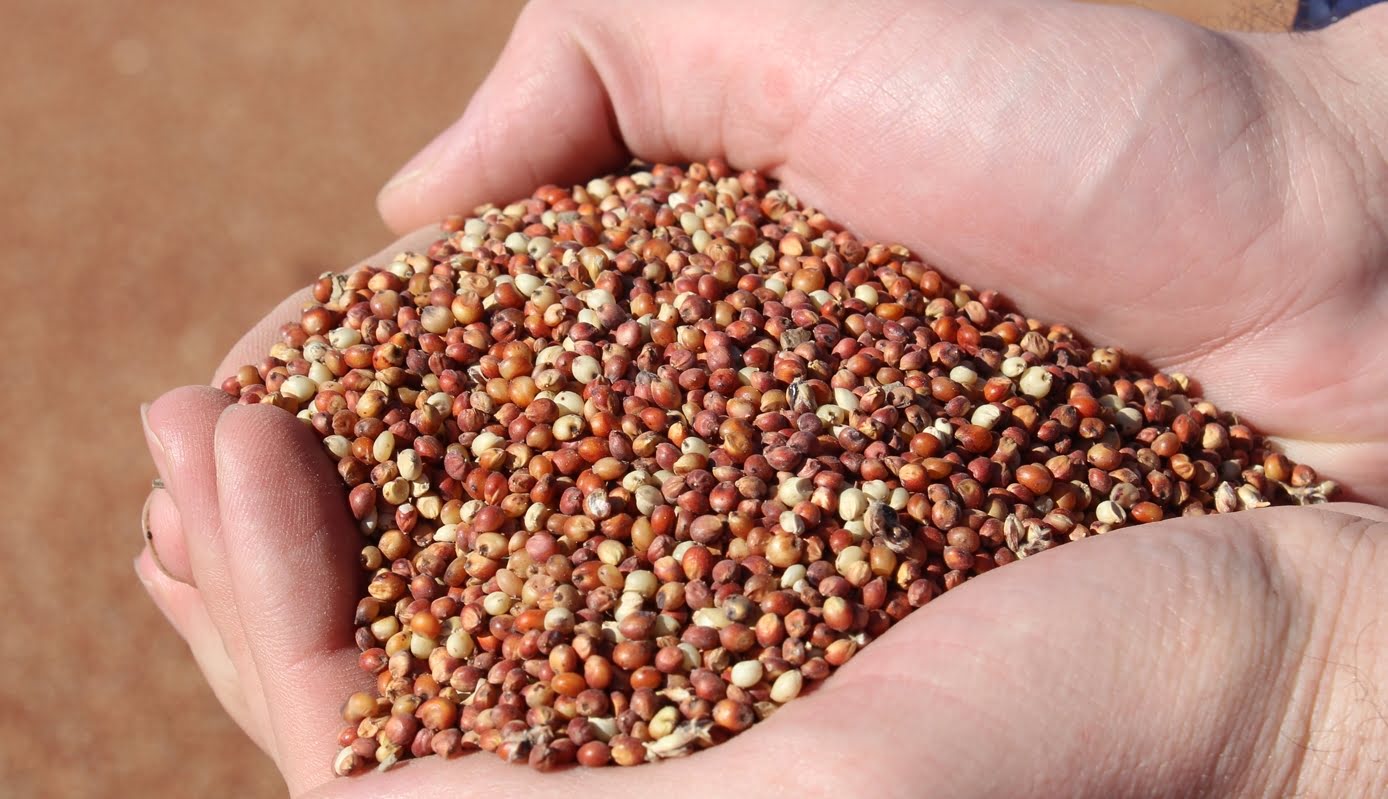
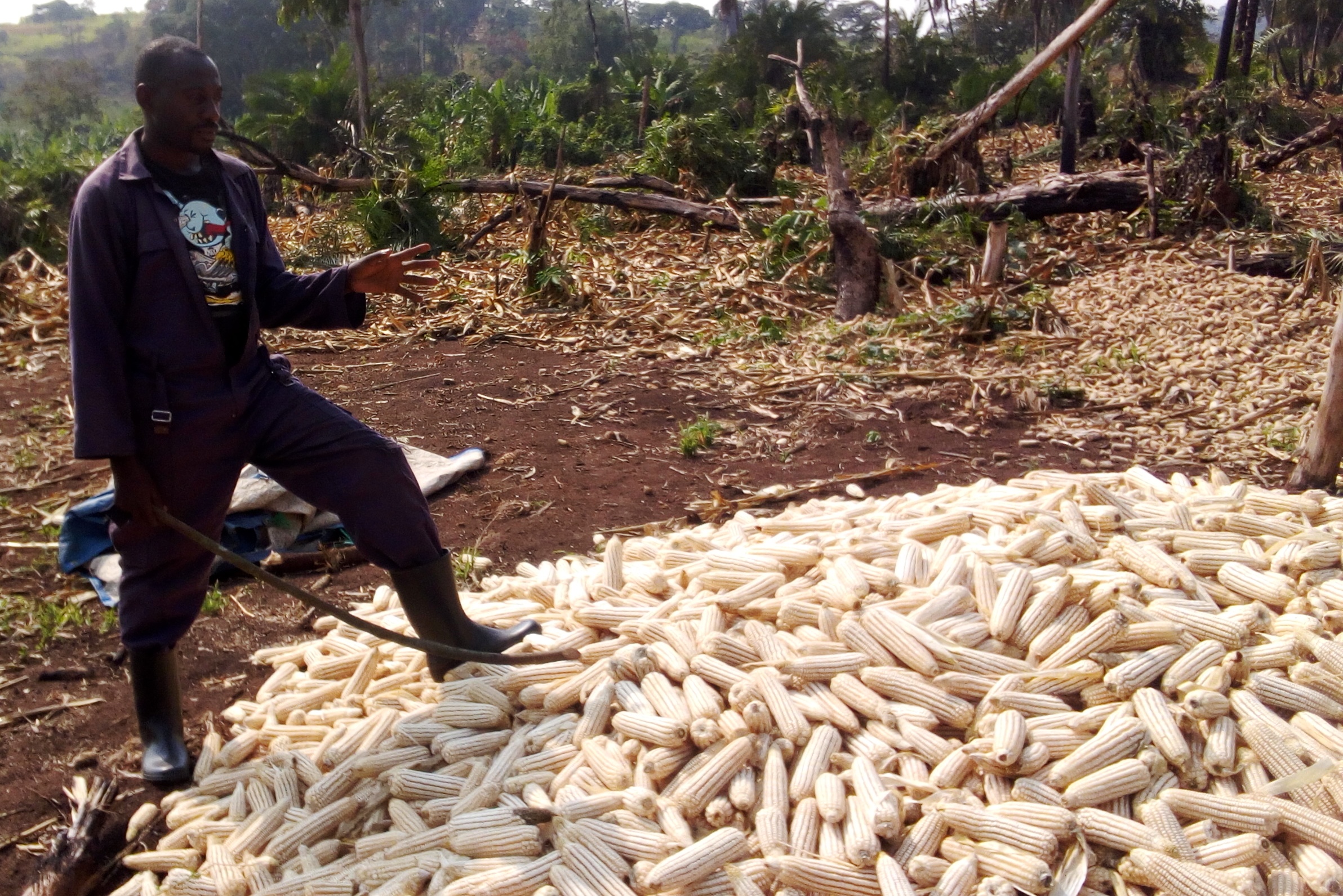
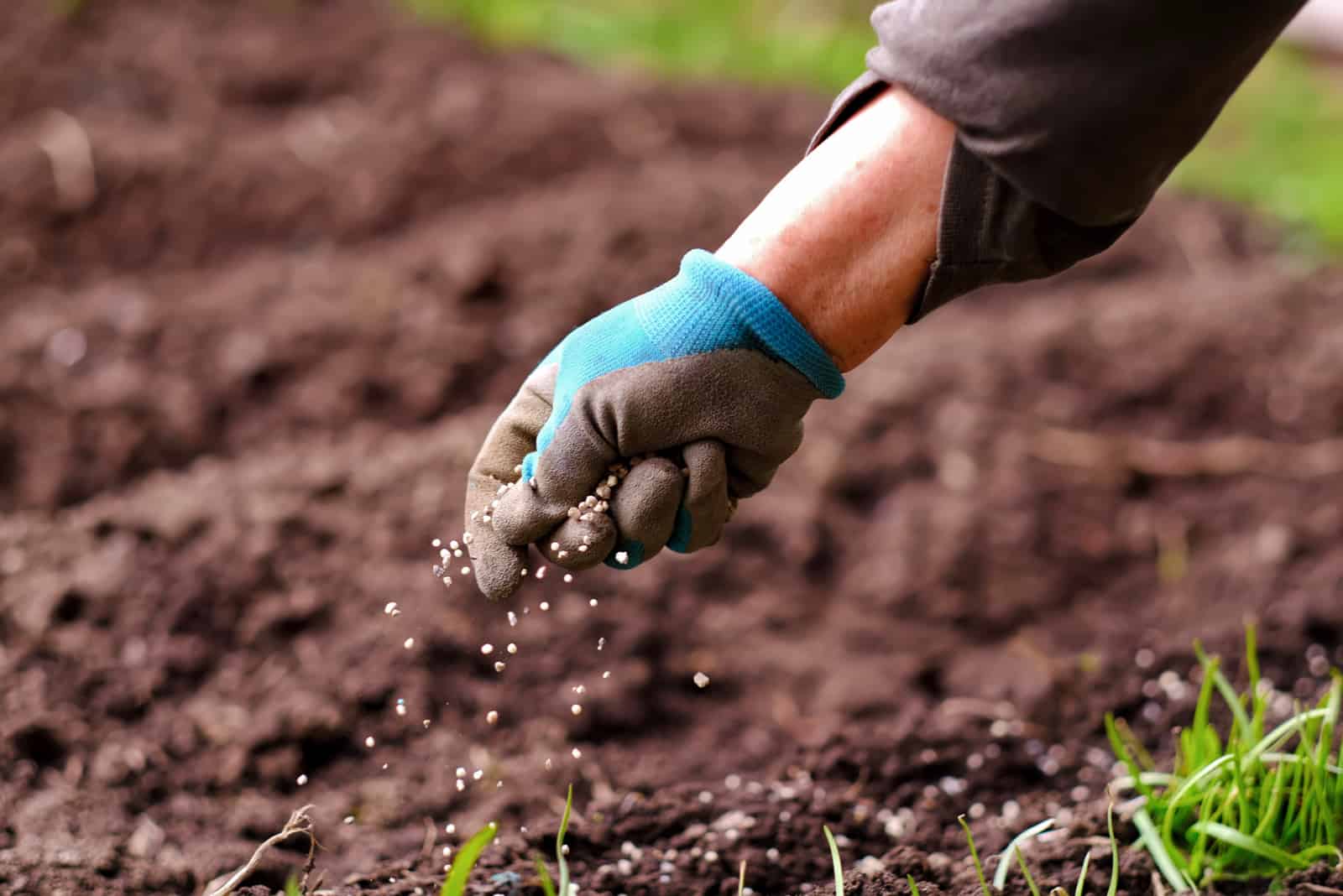
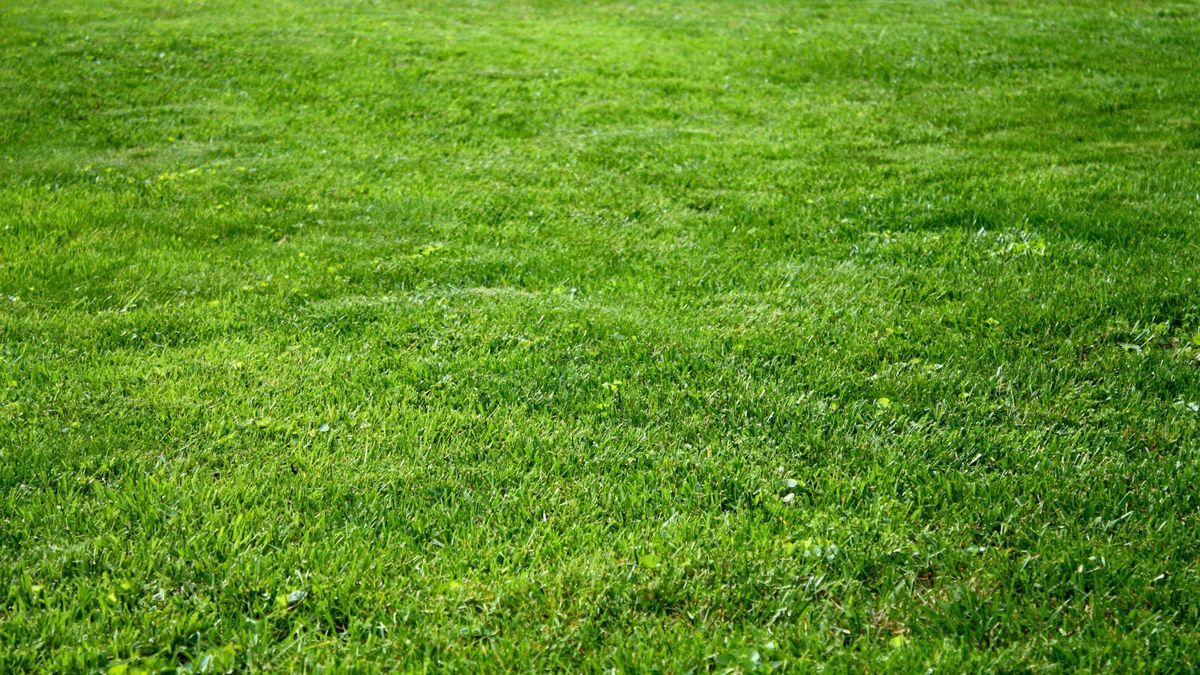
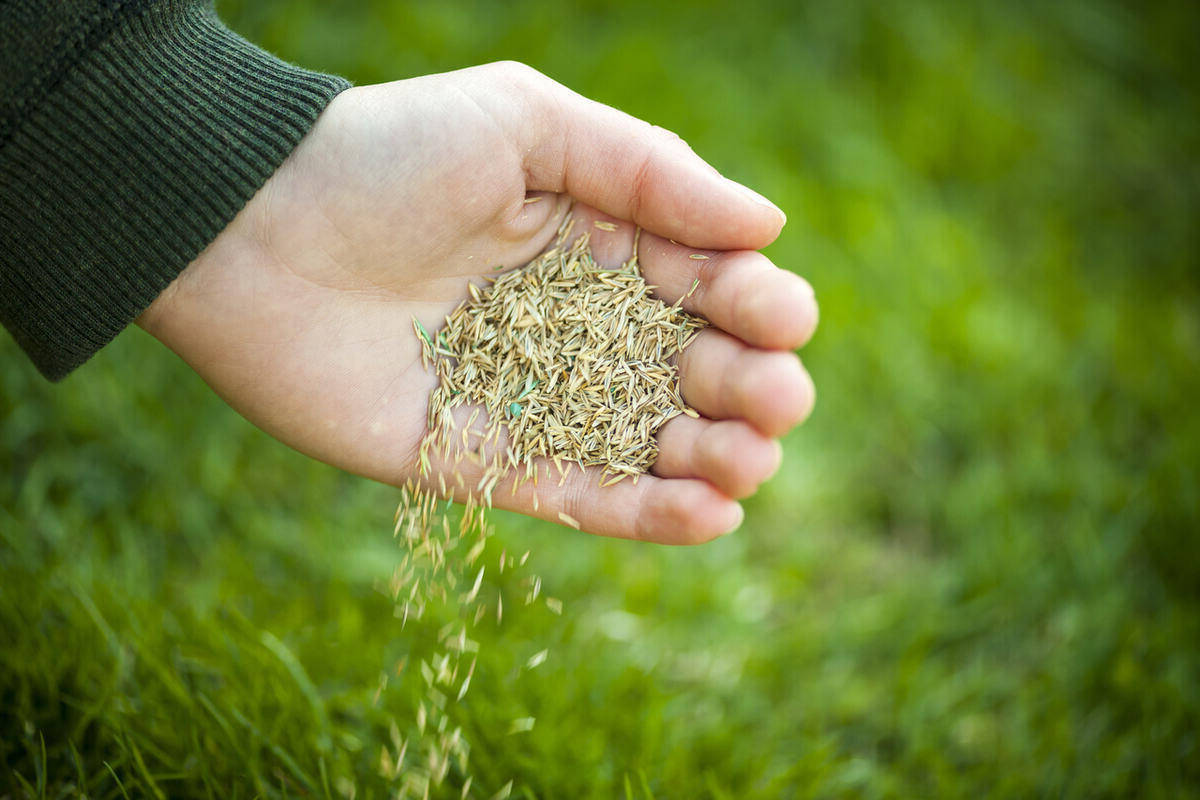
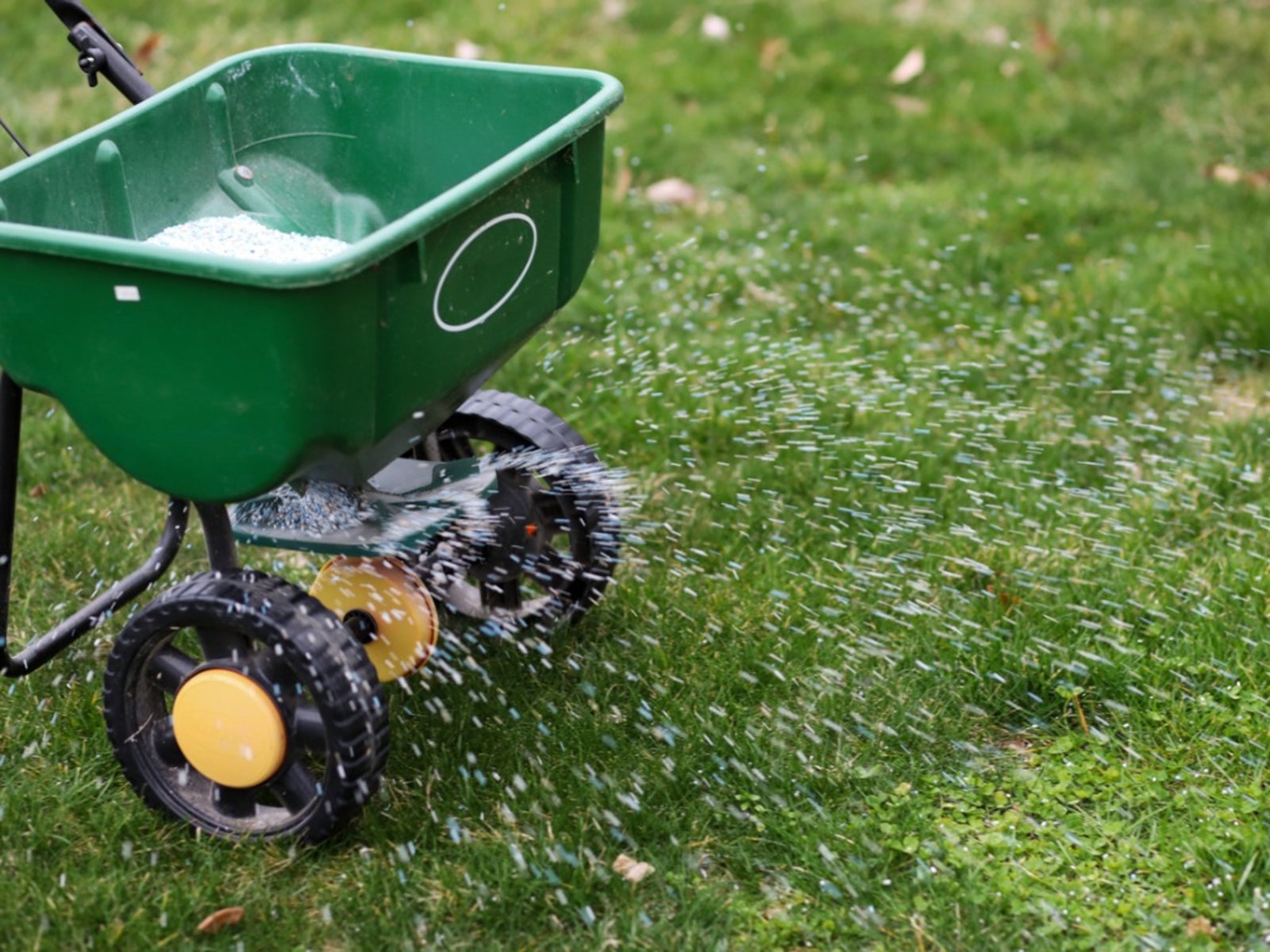
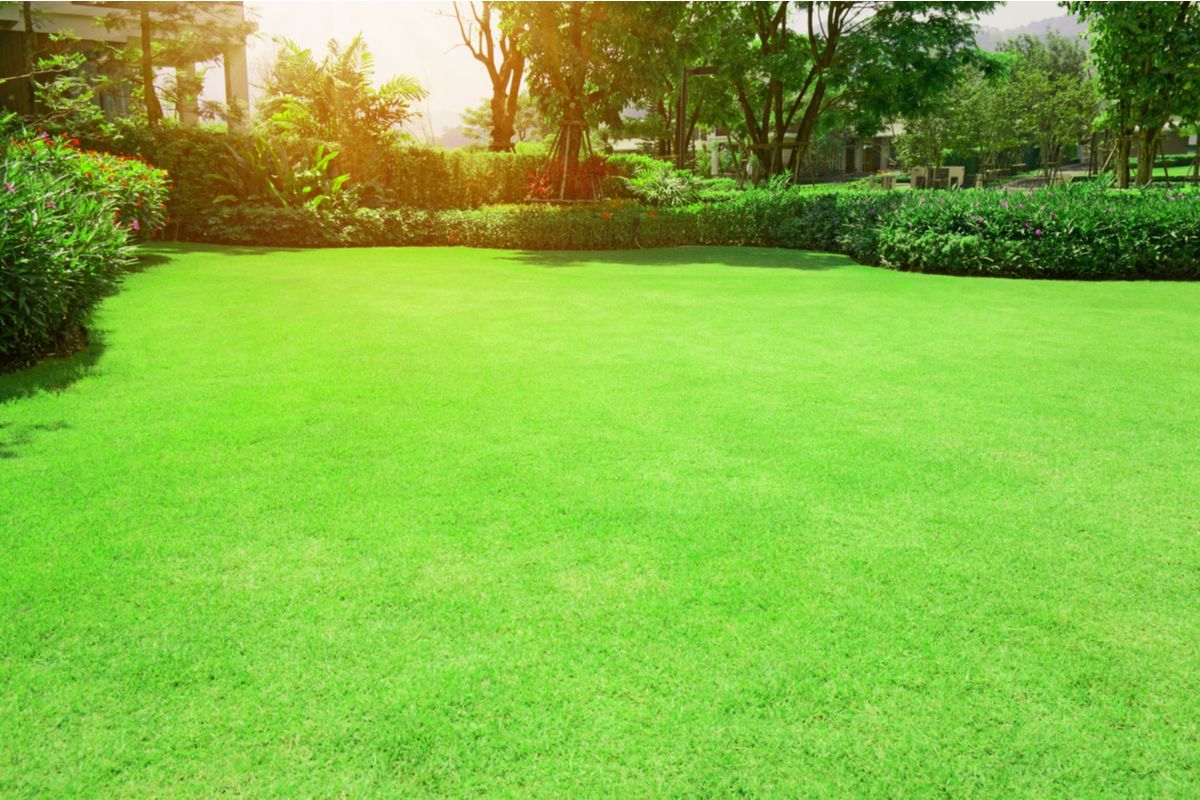

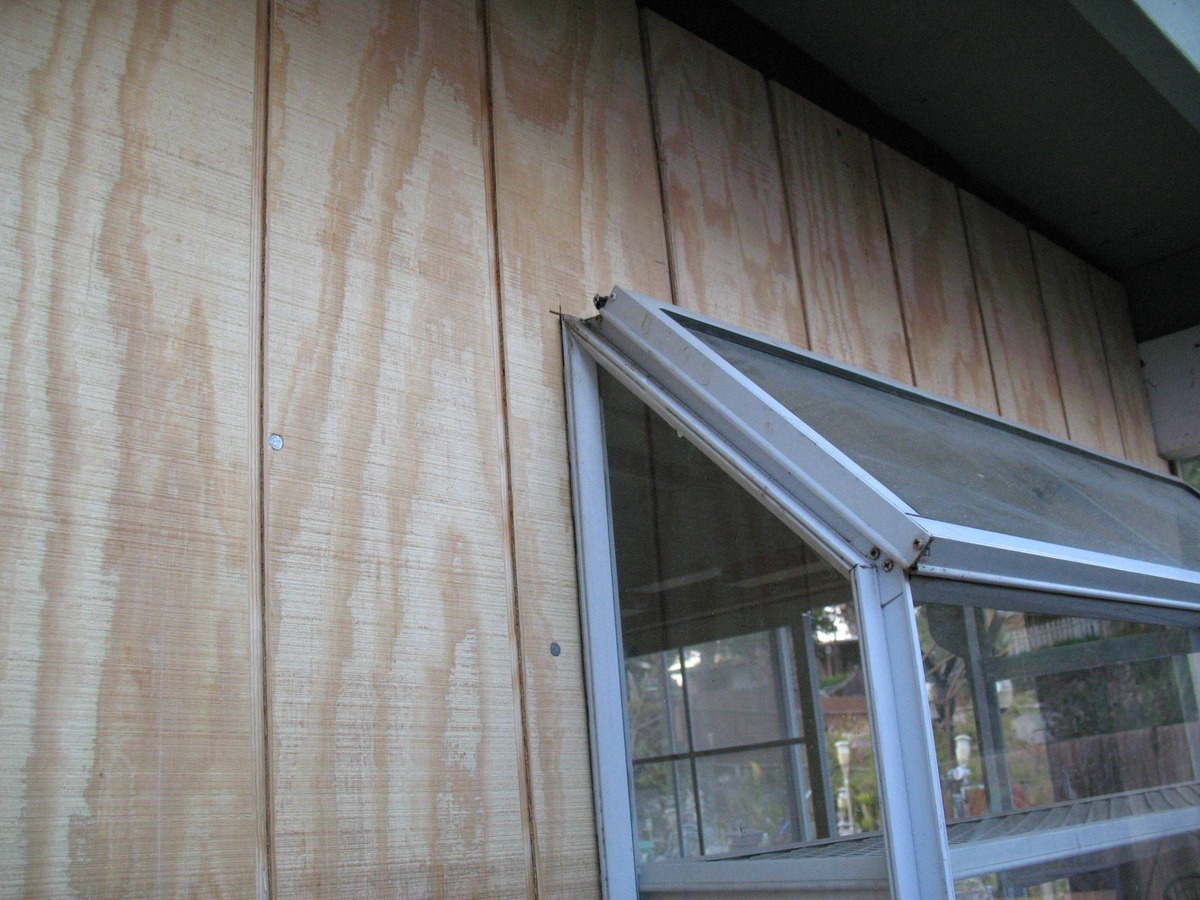

0 thoughts on “How Much Is Lawn Care For 1 Acre”